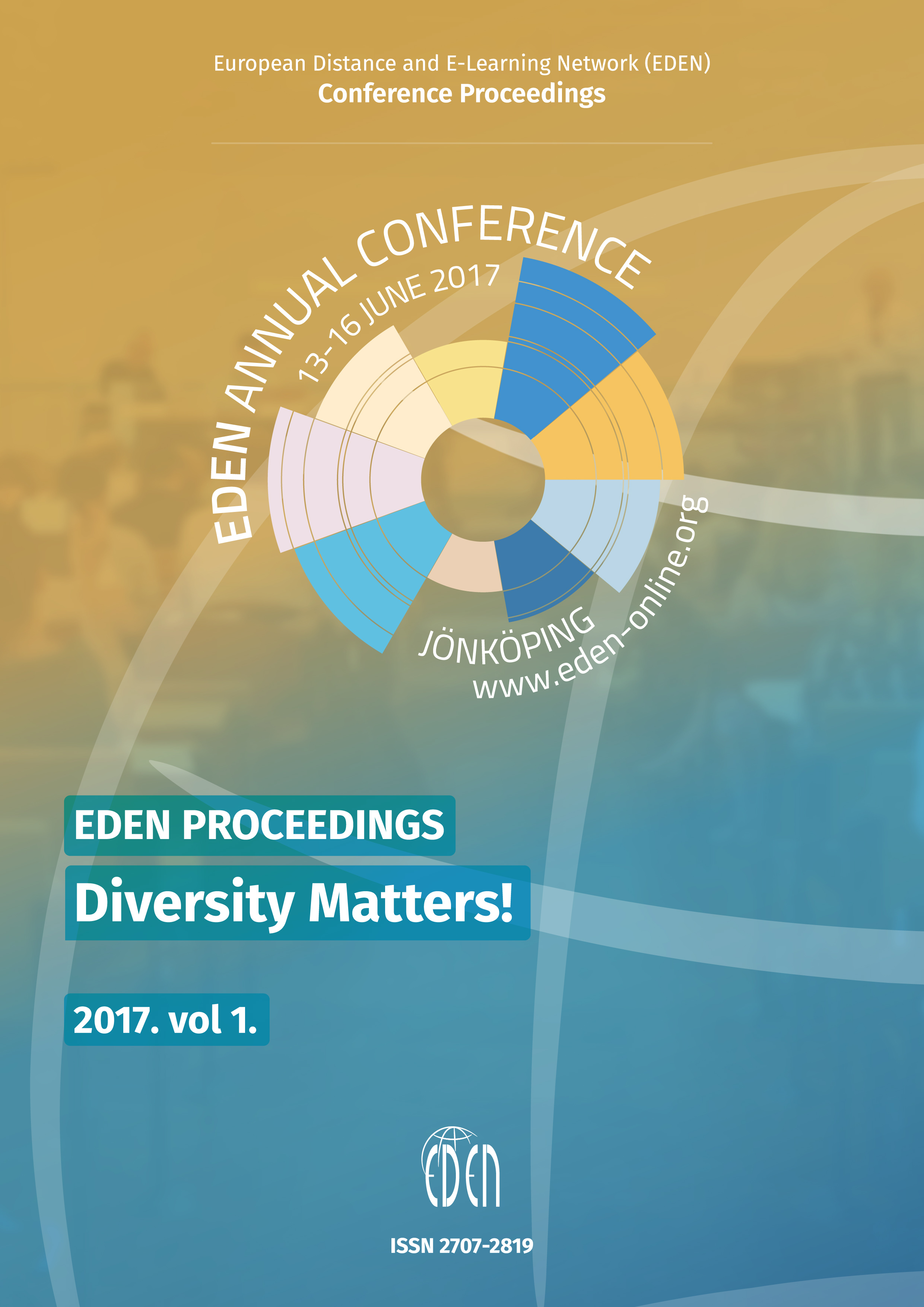Empirical and Theoretical Contributions on the Nature of Diversity across Analog-Digital Timespaces
Empirical and Theoretical Contributions on the Nature of Diversity across Analog-Digital Timespaces
Author(s): Sangeeta Bagga-Gupta, Aase Lyngvaer Hansen, Julie FeilbergSubject(s): Social Sciences, Education, Higher Education
Published by: European Distance and E-Learning Network
Keywords: Collaborative learning; Communication and learning; Cultural context of e-learning; Distance and e-learning methodology; E-learning in schools; Language education; Lifelong learning; Non-formal and in
Summary/Abstract: While there is no dearth of scientific literature in the area of identity, a common point of departure in dealing with it is from philosophical, policy studies and/or political science points of view. Another routine manner in which identity gets approached in research is through sector framed domains that build upon identity categories like gender, ethnicity, class, functional dis/abilities, nation-state, etc. Disciplinary framed fields such as education, special education, health sciences, including the multidisciplinary fields of language and communication studies, disability studies, gender studies etc., have focused the concept of identity in a range of ways. Such an interest often tends to be discussed in terms of what can be called “identity sectors”. Many institutional settings such as K-12 education, higher education, care services, including special interest groups, in geopolitical settings across the global North and South provide enclaves that encompass people of all ages, gender, class, race, functional abilities, etc. Furthermore, digitalized platforms create new opportunities where anyone with an internet connection and a devise to access the net, including an interest in some domain, can become a member of specialized groups. While this is also the case in everyday life contexts inside and outside institutional settings, certain institutions across the global North-South (for instance, governments, company boardrooms) tend to be homogenous as far as identity markers like gender, ethnicity, functional ability etc are concerned.
Journal: European Distance and E-Learning Network (EDEN) Conference Proceedings
- Issue Year: 2017
- Issue No: 1
- Page Range: 156-169
- Page Count: 14
- Language: English

